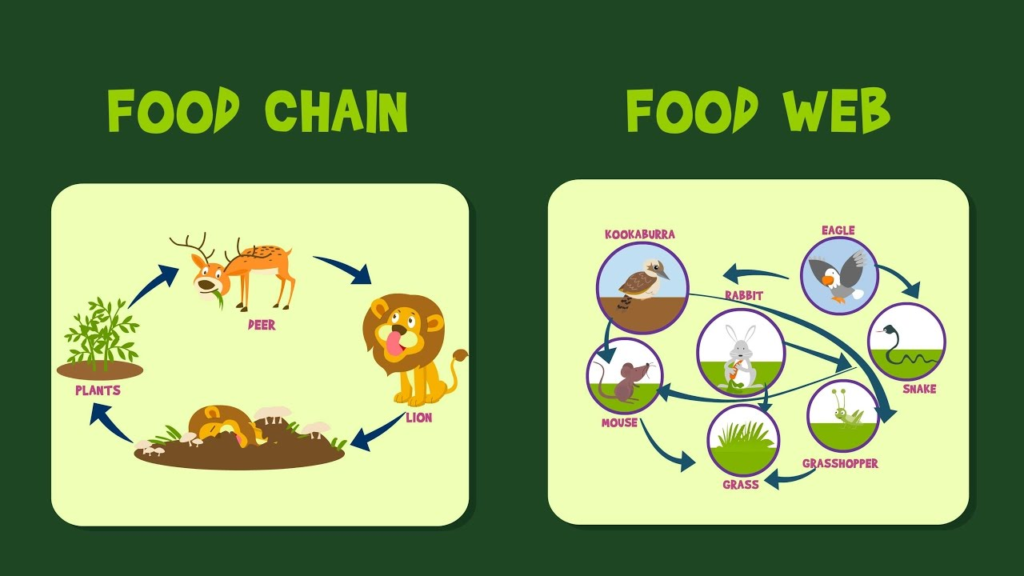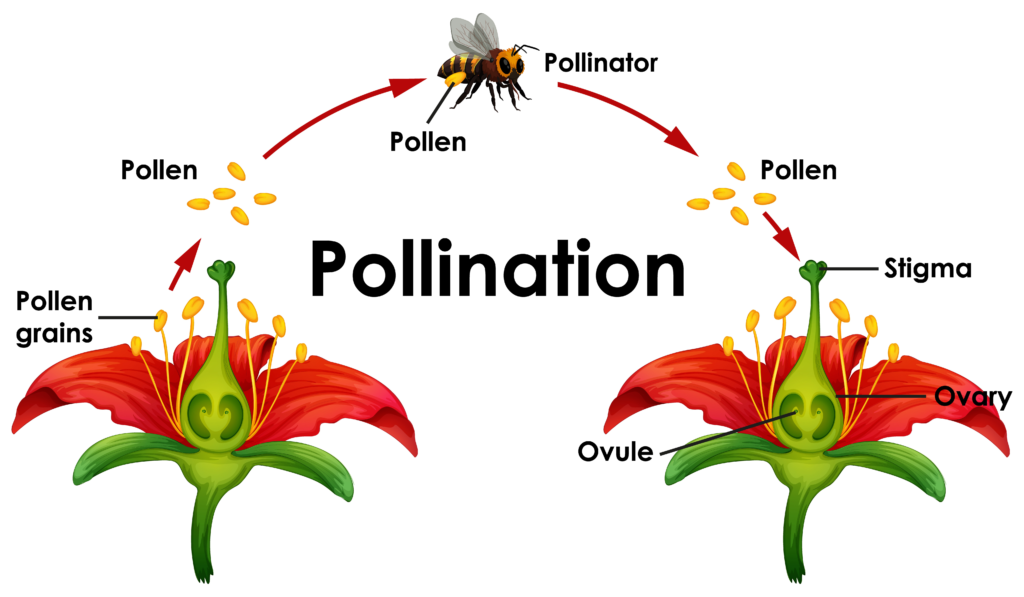Plants And Animals Are Dependent On Each Other
Plants And Animals Are Dependent On Each Other by Delta publications
Key Notes:
Interdependence of Plants and Animals:
- Plants and animals rely on each other for survival. Plants provide oxygen and food for animals, while animals help plants in processes like pollination and seed dispersal.
Photosynthesis:

- Plants produce their own food through photosynthesis, using sunlight, carbon dioxide, and water. During this process, they release oxygen, which animals need to breathe.
Oxygen and Carbon Dioxide Exchange:

- Animals breathe in oxygen and exhale carbon dioxide, while plants absorb carbon dioxide and release oxygen. This cycle helps maintain balance in the atmosphere.
Food Chain and Food Web:

- Plants are the base of most food chains, serving as primary producers. Herbivores eat plants, carnivores eat herbivores, and decomposers break down dead organisms, recycling nutrients back into the soil for plants.
Pollination:

- Many plants depend on animals like bees, butterflies, birds, and bats for pollination. This process helps plants reproduce by transferring pollen from one flower to another.
Seed Dispersal:

- Animals also help spread plant seeds, either by eating fruits and excreting the seeds elsewhere or by carrying seeds on their fur or feathers to new locations.
Shelter and Habitat:
- Plants provide shelter for many animals. Trees and plants offer habitats, nesting areas, and protection for animals.
Nutrient Cycle:
- Dead plants and animals decompose, returning essential nutrients to the soil. These nutrients help new plants grow, continuing the cycle of interdependence.
Symbiosis:
- Some plants and animals have symbiotic relationships, where both benefit. For example, certain fungi help plants absorb nutrients, while the plants provide the fungi with carbohydrates.
Ecosystem Balance:
- The balance between plants and animals is crucial for maintaining healthy ecosystems. Disruption of this balance can lead to the collapse of food chains and environmental issues.
Let’s practice!

